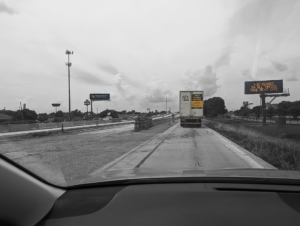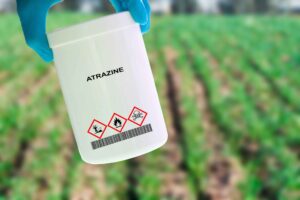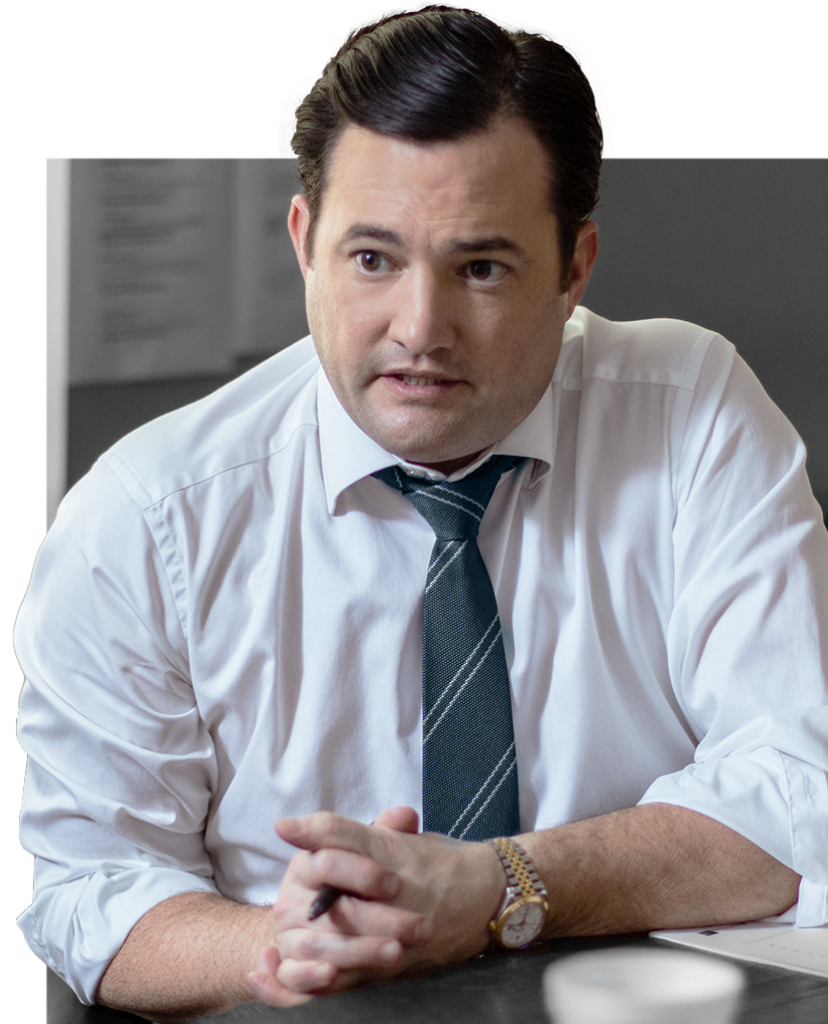Know the Signs of Heat Exhaustion & What to Do When You Spot Them
Heat exhaustion happens when the body can’t cool down after a rapid temperature rise. Also called hyperthermia, heat exhaustion is one of the most serious heat-related illnesses. It can worsen pre-existing conditions, like heart disease and breathing issues. And, without the right treatments, heat exhaustion can progress to potentially deadly stages.
The good news is that heat exhaustion can be easy to treat and stop in its tracks when you know the warning signs — and when you know what steps to take as soon as you recognize the symptoms of heat exhaustion. Read on to learn more, or click on a link below to jump directly to that section on this page:
- Symptoms of Heat Exhaustion
- What to Do If You Notice the Warning Signs of Heat Exhaustion
- Heat Exhaustion vs. Heat Stroke
- Heat Illness Statistics
- Who Has a High Risk of Heat Exhaustion?
- How to Prevent Heat Exhaustion
16 Telltale Symptoms of Heat Exhaustion
In high-temperature environments, here are the top 16 signs of heat exhaustion to look for. Keep in mind that not every person may display every symptom, but most people suffering from heat exhaustion will present some combination of these symptoms:
- Cold, clammy skin
- Dizziness
- Excessive sweating
- Fainting or loss of consciousness
- Fast but weak pulse
- Dark urine
- Diarrhea
- Fatigue or tiredness
- General weakness
- Headache
- Nausea
- Vomiting
- Muscle cramping
- Paleness
- Confusion
- Rapid, shallow breathing
Don’t ignore these red flags of heat exhaustion. They don’t go away by themselves. They will only get worse without the proper intervention.
What to Do If You Notice the Warning Signs of Heat Exhaustion: 5 Steps
With heat exhaustion, the goal is to rehydrate and cool the body down as soon as possible. To that end, here are some of the key steps to take whenever you notice the symptoms of heat exhaustion:
- Get out of the heat ASAP: Move to a shady, cool place or, ideally, an air-conditioned space. You need to stop the body’s temperature from rising. Getting out of the high-temperature environment is the first step to making that happen.
- Loosen clothing: Remove any extra layers and loosen up tight clothing. That can mean untucking shirts, unbuttoning collared shirts, and taking off shoes and socks. Clothing can trap heat and keep the body warm, so the more you can get cool air between clothes and the body, the better. That can help lower high body temperatures faster.
- Apply wet cloths: Put cold, wet cloths on your head, arms, legs, and/or other body areas. If possible, try to take a cold shower or sit in a cool bath. Cold showers and baths are two of the most effective ways to bring body temperatures down quickly (source: CDC).
- Drink cold water: Cool water and sports drinks with electrolytes can help you rehydrate, which is crucial to fighting heat exhaustion.
- Do anything else to cool down: Use fans or ice packs, open windows for more of a breeze, or do whatever else you can to cool temperatures in the area and for those suffering from heat exhaustion.
These measures should start to provide some relief after about 15 minutes. However, seek emergency medical attention if symptoms persist longer than 1 hour or worsen.
Heat Exhaustion vs. Heat Stroke: What’s the Difference?
When heat exhaustion is not treated, it can progress to the more severe condition of heatstroke. Marked by hot, red skin and the symptoms below, heatstroke is a medical emergency that can be life-threatening:
- 103˚ or higher temperatures
- Rapid heartbeat and fast pulse
- Loss of consciousness
- Intense headaches
- Confusion
- Dizziness
- Nausea
Heat Illness Statistics
The data on heat-related illnesses is not as readily available as other public health issues because authorities are not legally required to report or track these cases. Nevertheless, the Centers for Disease Control and Prevention have developed some estimates based on their independent data collection efforts, which reveal that (source: CDC):
- Annually, about 658 people die from a heat-related illness.
- More than 94% of heat-related fatalities happen between May and September, with about 40% occurring in July and about 26% taking place in August.
- More than 4 in every 5 heat-related deaths take place in an urban area.
- About 43% of heat-related deaths occur in one of three states — Arizona, Texas, or California.
- More than 2 in 3 heat-related fatalities impacted someone with underlying heart issues.
- More than 2 in 3 heat-related deaths affected male patients.
- When older a person suffers a heat-related illness, the more likely they are to require hospitalization.
Who Has a High Risk of Heat Exhaustion?
Anyone exposed to high heat for long enough can develop heat exhaustion, especially if dehydrated. That said, some are far more vulnerable to heat exhaustion than others. Those with the greatest risk of heat exhaustion include individuals who are:
- Under the age of 4 or over the age of 65
- Overweight
- Diabetic or have high blood pressure
- Living with heart conditions
- Socially isolated
- Poor
- Drink alcohol
- Take medications that impair perspiration
Aside from these attributes, working in hot environments is also a risk factor for heat exhaustion. That means people working in occupations like (but not limited to) the following tend to have a greater risk of heat exhaustion (source: CDC):
- Bakers
- Boiler room workers
- Construction workers
- Factory workers
- Farmers
- Firefighters
- Professional athletes
- Miners
8 Ways to Prevent Heat Exhaustion
Knowing the warning signs and risk factors for heat exhaustion is the first step to preventing it. Here are several more things you can do to minimize the risk of heat exhaustion:
- Rely on air conditioning when temperatures soar. AC is the single most effective way to fight heat-related illnesses (source: CDC).
- If you don’t have AC at home, go to a public place with air conditioning during a heatwave.
- Stay hydrated. Drink lots of water and electrolyte-packed sports drinks. Avoid drinking alcohol, which can dehydrate you.
- Wear light-colored, lightweight, loose-fitting clothing.
- Avoid strenuous activities during the hottest times of the day. Plan those activities for cooler times.
- Never leave children or pets in vehicles.
- Limit your time outdoors and your sun exposure during the middle of the day.
- Check on neighbors, friends, and/or co-workers, especially those who are elderly and/or who have health issues. Help them get medical care if you recognize the signs of heat exhaustion.









